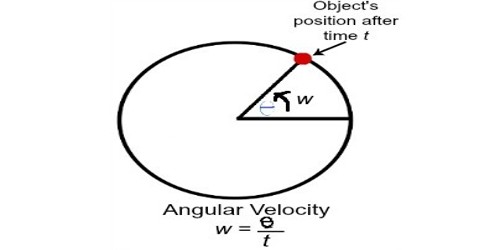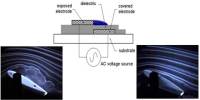Engineers have illustrated how the interaction between particles happens when the TMDC materials they produce are layered in a certain shape, giving researchers additional control over the device’s characteristics. The connection between electrons becomes so strong that a new structure called a correlated insulating state forms. According to the researchers, this is a significant step toward creating quantum emitters, which will be required for future quantum simulations and computations.
The future of quantum computing may hinge on the ongoing research and understanding of transition metal dichalcogenides (TMDCs), a kind of semiconductor material. When controlled by pressure, light, or temperature, these atomically thin materials exhibit unique and valuable electrical, mechanical, and optical characteristics.
Quantum computing uses quantum physics to provide a massive leap forward in computation to tackle specific issues. Quantum computers can represent these enormous issues in huge multidimensional spaces created by quantum computers.
Engineers from Rensselaer Polytechnic Institute demonstrated how the interaction between particles occurs when the TMDC materials they make are stacked in a specific geometry, giving researchers more control over the devices’ properties, according to research published today in Nature Communications.
The connection between electrons becomes so strong that a new structure called a correlated insulating state forms. According to the researchers, this is a significant step toward creating quantum emitters, which will be required for future quantum simulations and computations.
“There is something exciting going on,” said Sufei Shi, an assistant professor of chemical and biological engineering at Rensselaer, who led this work. “When this correlated state occurs, one of the quantum degrees of freedom that we want to exploit in quantum computing is increased.”

Quantum computers are expected to be massive, given their potential computing capability. In reality, they’re presently approximately the size of a household refrigerator, with a control box the size of a closet.
Shi has spent a lot of time studying the potential of the exciton, which is generated when an electron is stimulated by light and connects with a hole, a positively charged counterpart of the electron. This effect has been observed by Shi and his colleagues in TMDC devices composed of layers of Tungsten disulfide (WS2) and Tungsten diselenide (WSe2).
The researchers recently witnessed the formation of an interlayer exciton, which occurs when an electron and a hole are present in two distinct layers of material. The advantage of this sort of exciton, according to Shi, is that it has a longer lifetime and responds more strongly to an electric field, allowing researchers to alter its characteristics more easily.
Shi and his colleagues recently shown how they can create a moiré superlattice by stacking TMDCs in a certain way. Imagine two pieces of paper placed on top of each other, each with the identical hexagon design cut out. The hexagons would no longer precisely match if you shifted the angle of one of the pieces of paper. The new structure is reminiscent of a moiré superlattice.
The advantage of such a design, according to Shi, is that it promotes electrons and interlayer excitons to link together, giving researchers more control over the excitons themselves. According to Shi, this discovery represents a significant step forward in the development of quantum emitters, which will be required for future quantum simulation and quantum computing.
“It has essentially opened the door to a new world. We see a lot of things already, just by peeking through the door, but we have no idea what is going to happen if we open the door and get inside,” Shi said. “That is what we want to do, we want to open the door and get inside.”















